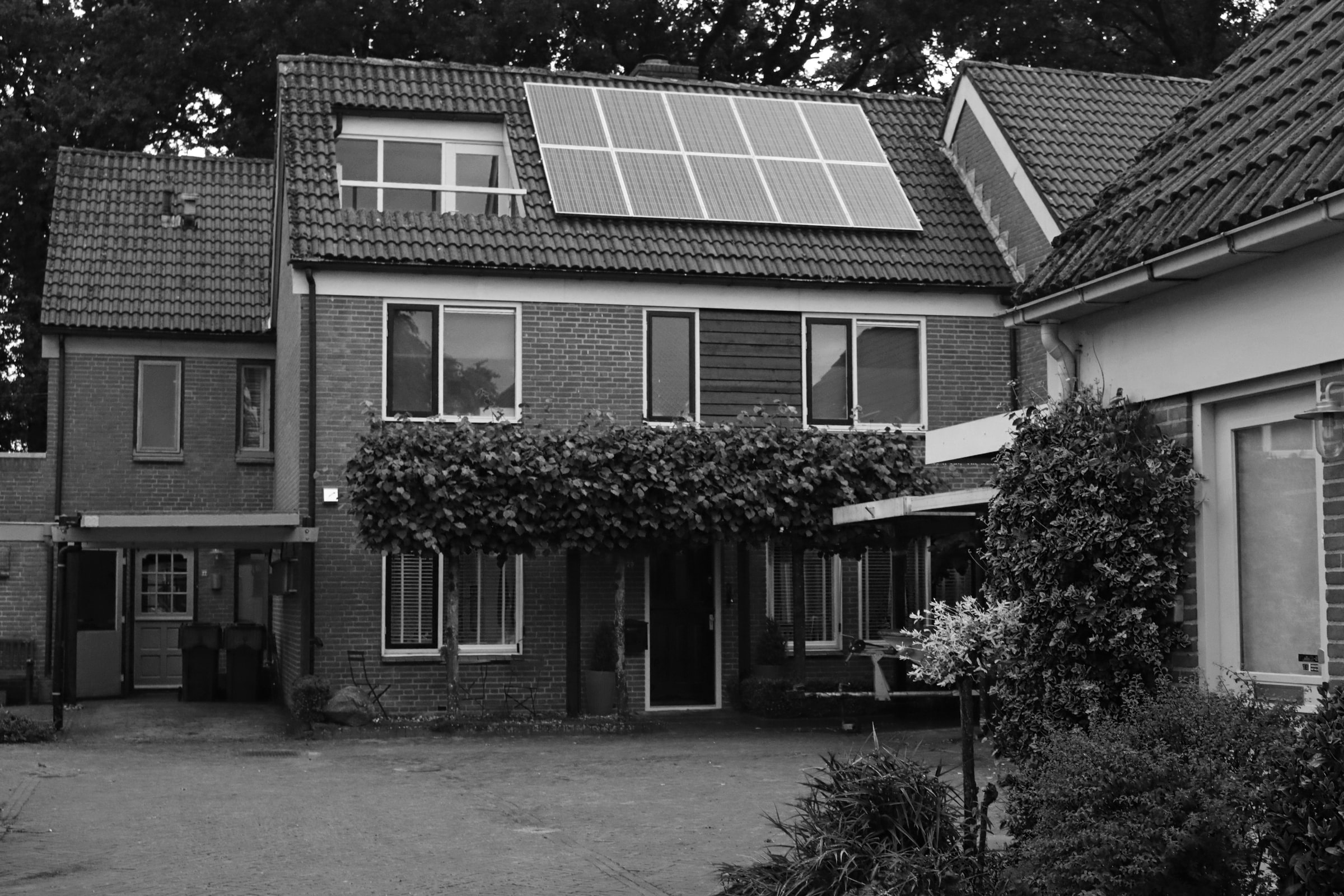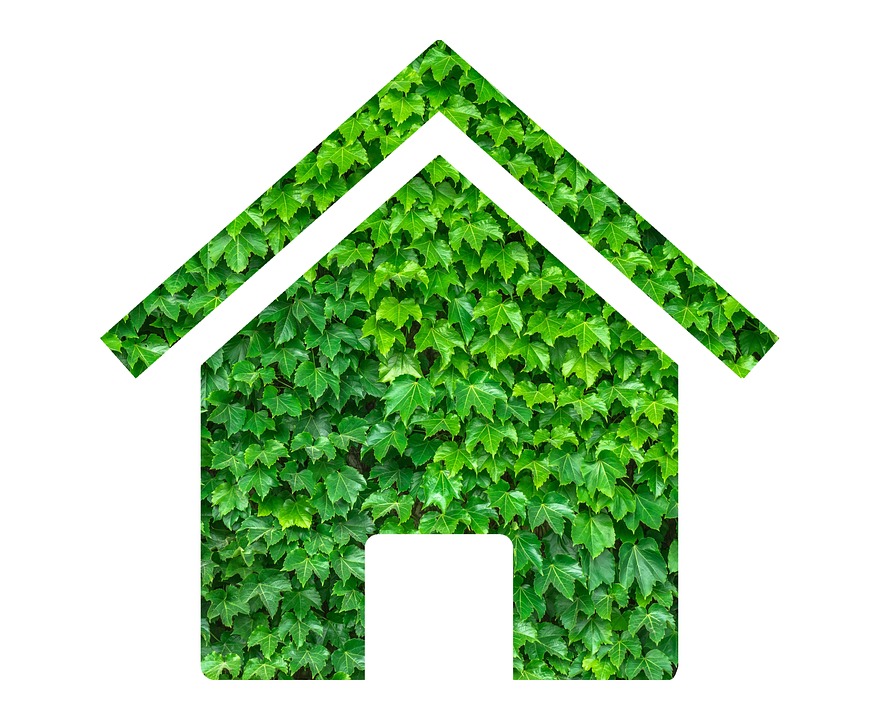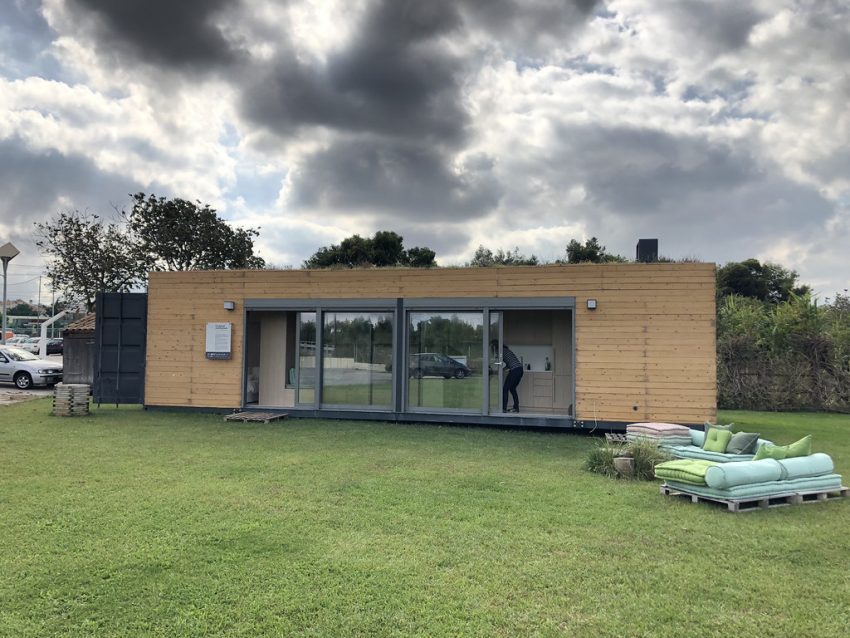There are many reasons to renovate your home. The need to reduce the energy bill is one of them because it represents a large part of the expenses for a household. In this case, eco-renovation is the best solution. However, this type of work is far from easy to achieve.
Therefore, it is essential to first define the elements that most affect energy consumption, and the work to be done will then focus on the said elements. On the other hand, the work must be carried out by a specialized company, ideally certified, to ensure a realization in accordance with the environmental standards in force. So, without further ado, let’s dive into this blog and learn more about eco-renovation.
What is eco-renovation?
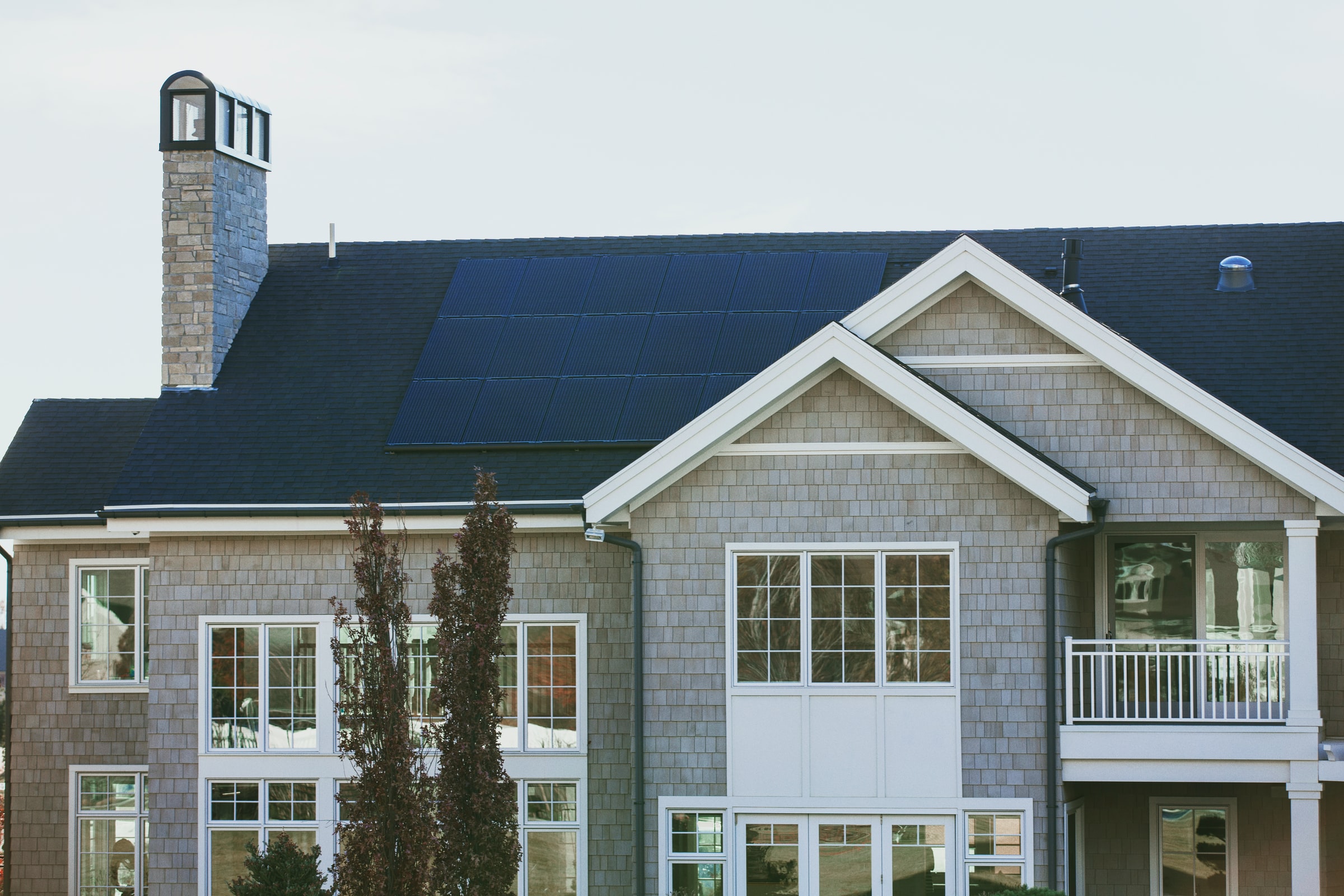
The eco-renovation is the set of works that consists in improving a house while aiming, in general, the following points
-
- The improvement of the comfort of the occupants of the house
-
- The reduction of energy consumption
-
- The contribution to the preservation of the environment
The eco-renovation is primarily intended for owners of old houses wishing to improve the energy performance of the house. It is also intended for future owners who wish to benefit from a more ecological house.
We watch our water flow
Energy savings also happen in the bathroom! Before brushing your teeth, think about installing a masseur on your faucet. At around 10 $, it can reduce the water flow by 50%… This is not negligible! Finally, to avoid unnecessary water flow, a toothbrush is a must. And it goes without saying that we prefer showers to baths!
Yes, because we often prefer cool showers to hot baths in summer. So let’s look at the bright side: cooler showers tone up and put you in a “good mood”! For those of you who are a bit chilly, there are intelligent shower heads that help control water consumption. Economical and ecological, they allow you to avoid a cold shower when you receive your water bill!
What are the works to be done for eco-renovation?
In this type of project, many options are available to you. However, each work must meet a specific need of the house. Similarly, the specificity of the work also concerns the choice of materials to be used. This is one of the criteria that attests that the work meets the criteria of eco-renovation.
The energy performance diagnosis
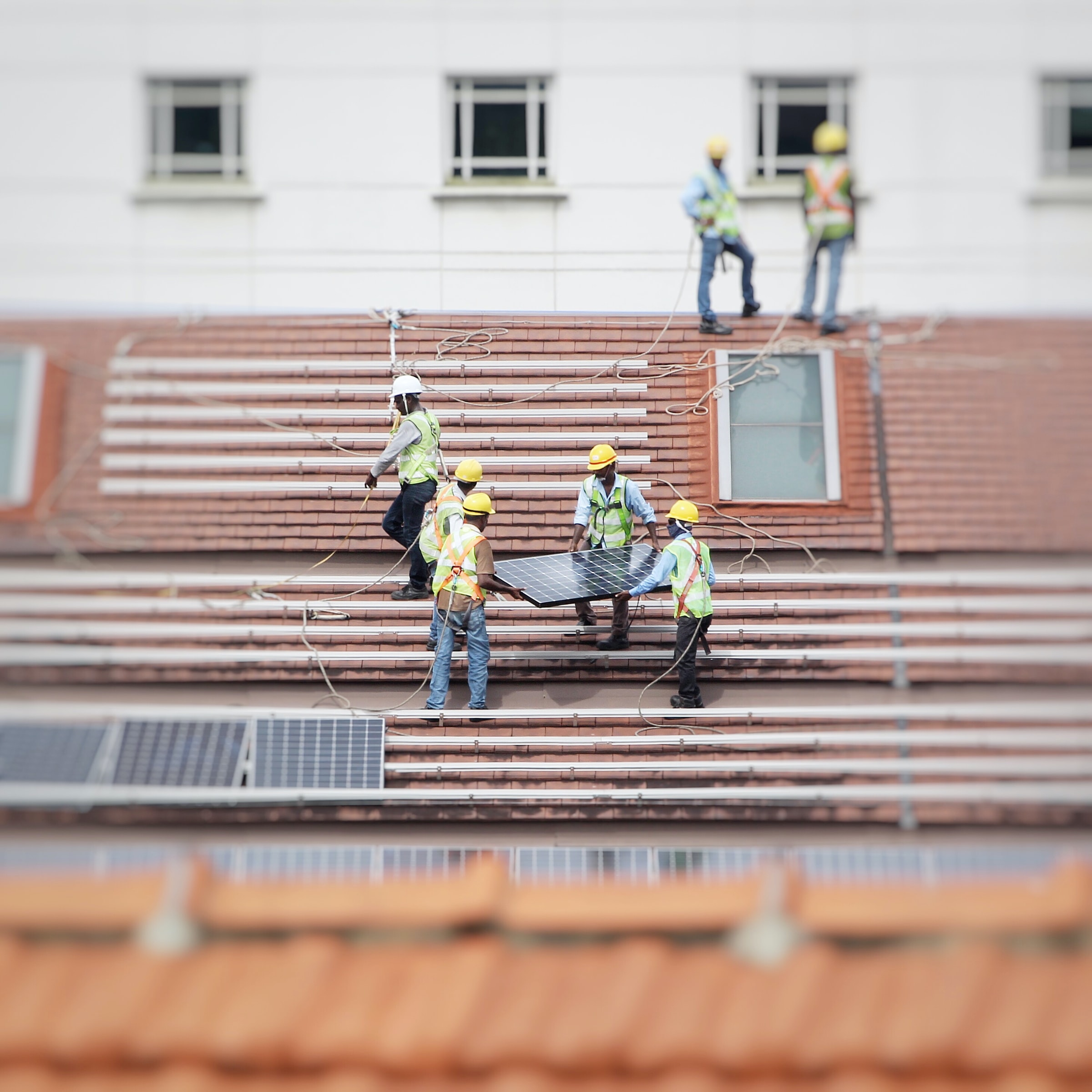
Before starting the work, it is essential to define the essential points on which the interventions must be made. This will also allow defining the extent and the nature of the work to be done. To reduce the energy consumption of a house, the realization of an energy performance diagnosis is essential.
Energy renovation
Energy renovation is an essential component of the eco-renovation concept. It allows not only to reduce the emission of harmful gases to the environment but also to reduce the energy consumption of the house, and thus the bill. Energy renovation generally involves several types of work:
Insulation work
To save energy, it is essential to review the insulation of the house. A choice of material also accompanies this. We prefer biosourced and natural materials. In this case, wood fiber is a wise choice for exterior insulation, especially because of its performance. For floor and roof insulation, hemp can be chosen, as this material is sustainable and massively produced.
The choice of heating energy
Heating is a major expense for a household. To optimize heating and reduce its impact on the energy bill, it is necessary to opt for green energies: solar panels and wind turbines (for electricity production), solar water heaters, and, finally, wood stoves or low-temperature gas boilers.
Which company to choose for eco-renovation?
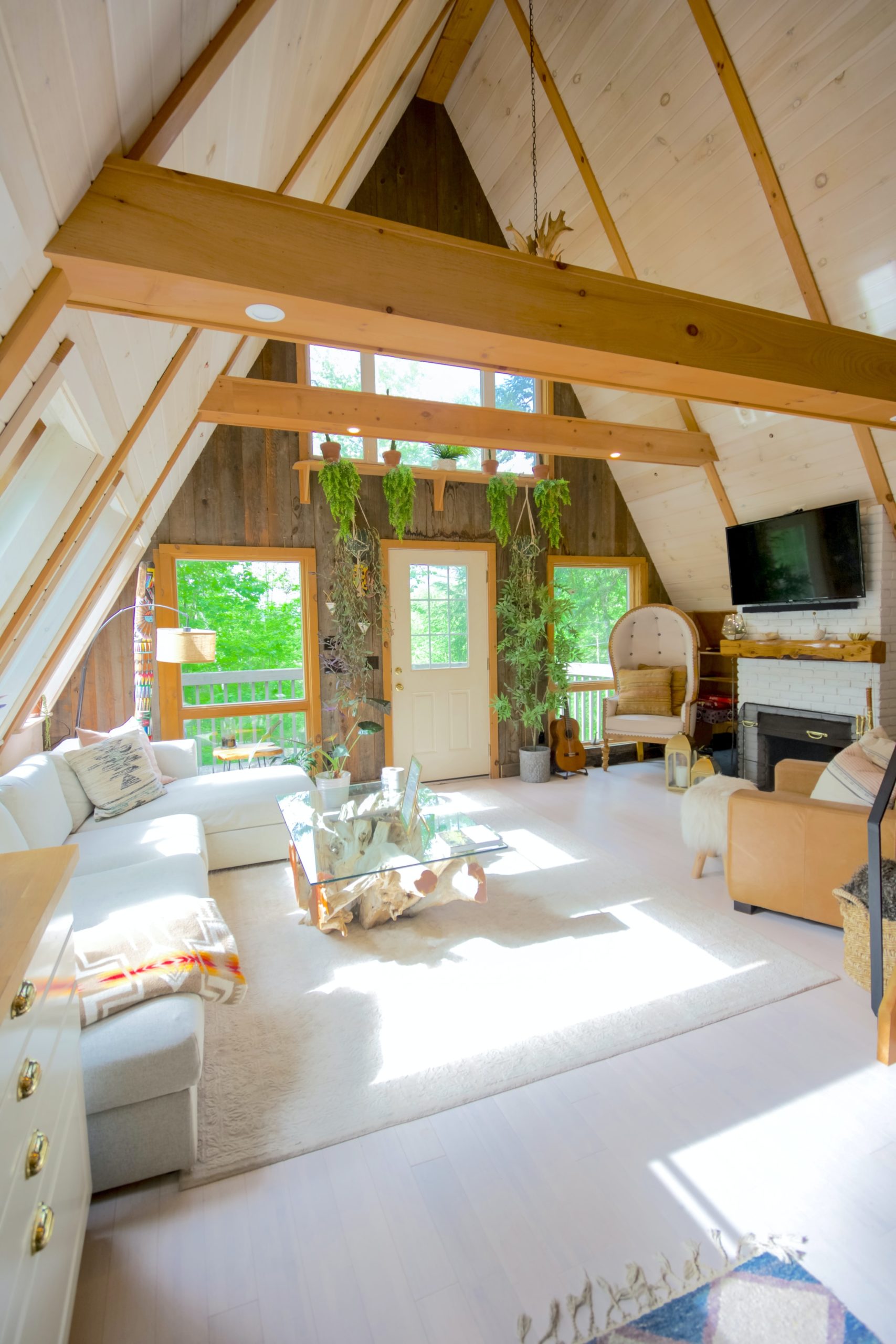
To succeed in eco-renovation and benefit from its advantages, choosing the company in charge of the work is essential. To ensure that the work respects the principles of eco-renovation, the company that will carry out the renovation must ideally be RGE qualified. This also allows the owner to benefit from state aid to reduce the bills related to the work. Choose a company that Specializes in general masonry work such as house construction and extension.
Sound off in the comments section below and tell us what you want to read next and if you want to read more about eco-renovation.
